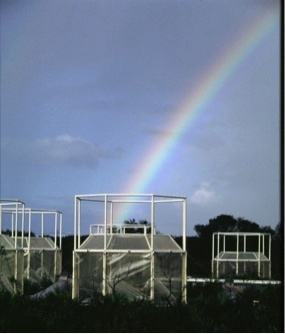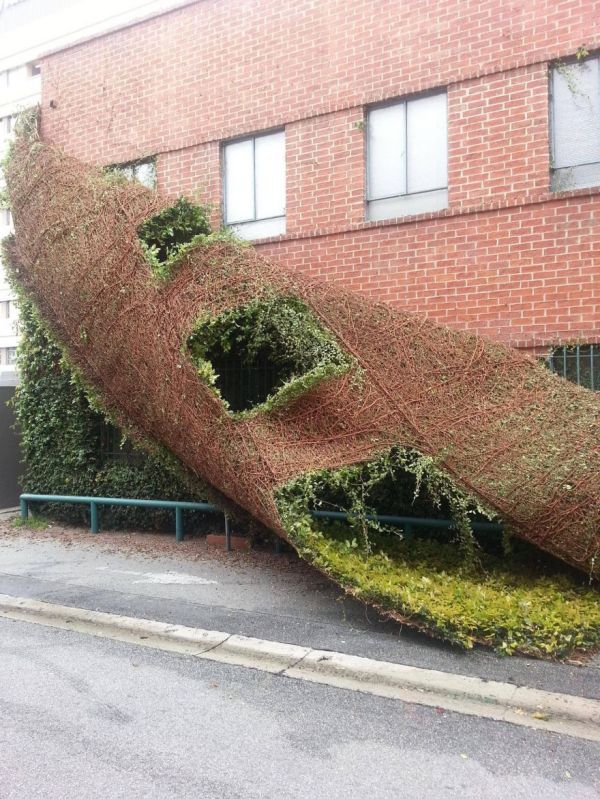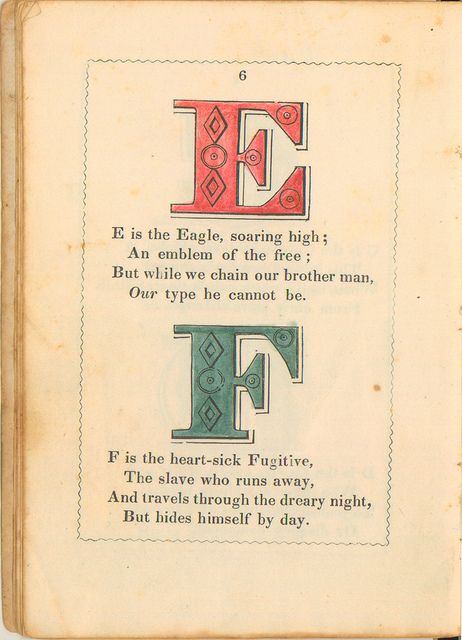5 Keys to Reforming Wildlife Management in America-
Over the years, I have come to realize that the current wildlife management model in America, at the federal level, and particularly, the state level, is broken. The system is such, in which, politics trumps the best-available science, the special interest-minority overwhelms the democratic-majority and the almighty dollar is more powerful than ethics, heritage and legacy. Can this be found throughout the American political landscape? Of course, the answer is yes. But when applied to the current wolf slaughter taking place in the West, and in the Great Lakes, it fits perfectly. In fact, it embodies it.
During my brief time working in the conservation community, I have sadly concluded that both grassroots and national conservation groups, and every-day citizens, are limited to the degree, in which, they can enforce public lands laws, ensure that the best-available science is used and entrust that public sentiment is reflected in wildlife policy and management decisions. Recent examples of this include–with all, unfortunately, taking place in Idaho–are the Wolf-Coyote Derby in Salmon, the killing of two wolf packs in the Frank-Church River of No Return Wilderness by a 21st Century bounty hunter and the efforts of Governor C.L. “Butch” Otter to launch a predominantly tax-payer funded, $2-million dollar independent wolf control board to wipe out another 500-grey wolves. If this were to occur, wolves would be reduced to the bare-minimum of 150-wolves in Idaho (federally mandated), would not be able to fulfill their ecological niche, and most importantly, could be on the precipice of yet, another extinction.
The conservation community, and the American people at-large, is now approaching the crossroads. Do we continue to take the band-aid approach (attending public meetings, issuing action alerts, circulating petitions, and filing appeals/lawsuits) or do we step out-of-the-box and confront the root causes of the problem? While some may respectfully disagree with me, or question the feasibility of such a challenge, I advocate for the latter.
So what solutions do I offer? The 5 Keys to Reforming Wildlife Management in America, are as follows:
- Restructuring the way state Fish & Game departments operate. Politics: western governors appoint agency commissioners, which essentially, tell the state departments what to do. This is cronyism at its worst. Economics: state departments are mostly funded by the sale of hunting/fishing tags or permits. These agencies are bound into serving the interest of “sportsmen” because it’s the hand that feeds them. Modern funding mechanisms, the application of best-available science and genuine public involvement are sorely lacking in these institutions and it must be addressed. Another option would be to empower the federal government to manage wildlife on federal public lands.
- Removing grazing from all federal public lands. The “management” or “control” of native wildlife to benefit the livestock industry is ground zero. It is also well documented the damage that grazing causes when livestock infests wildlands. Livestock are non-native and largely responsible for soil compaction, a decrease in water retention and aquifer recharge, erosion, destruction of wetlands and riparian areas, flooding and a net-loss of biodiversity. Grazing enables invasive plant species to proliferate, which greatly affects the West’s historic fire regime.
- Abolishing Wildlife Services. Hidden within the US Department of Agriculture, is a rogue agency that is essentially the wildlife killing-arm of the federal government. For over 100-years, this federal tax-payer supported agency has largely worked on behalf of the livestock industry and is responsible for the death of tens-of millions of native wildlife. Methods of killing include trapping, poisoning and aerial gunning. Conservation efforts are currently culminating into a potential Congressional investigation of this corrupt agency.
- Banning trapping/snaring on all federal public lands. We must evolve as a society and move away from this barbaric, unethical, cruel and tortuous method(s) of killing native wildlife. Leg-hold traps, conibear traps and other devices are indiscriminate killers. Over the past couple years, there has been an increase in the number of dogs caught/killed by traps when recreating with their owners on public lands. When is an adult or child going to step into a leg-hold or body-gripping trap? Some states currently require individuals to check their traps every 72-hours, while other states only recommend that trappers check them, at all.
- No killing of predators, except for extreme circumstances. For example, an aggressive and/or habituated bear may need to be killed after non-lethal measures have failed. Otherwise, non-lethal measures should be implemented in rare instances where there are actual human/predator conflicts. The best available science suggests that predators, including wolves, are a self-regulating species. In other words, predators don’t overpopulate. Instead, their populations naturally fluctuate, as do prey or ungulate populations. We need to better understand and embrace the trophic cascade effect predators have within ecosystems.
How do we take that ever-so-important first step, you may ask? We embark on this journey, together, on June 28 – 29, 2014 at Arch Park in Gardiner, Montana.
Speak for Wolves: Yellowstone 2014 is an opportunity for the American people to unite and demand wildlife management reform. It’s about taking a critical step towards stopping the grey wolf slaughter. It’s about hope, our collective-future and restoring our national heritage and legacy. The weekend-long event is family friendly and will feature prominent speakers, live music, education and outreach booths, children’s activities, food and drink vendors, video production crews and the screening of wildlife documentaries.
On June 28-29, 2014, Americans from all walks-of-life will converge at Arch Park in Gardiner, Montana to tell the government we need to reform wildlife management, at both the state and federal level. With your support and participation, this will be the event of the year in the northern Rockies. Together, we can make history and embark on restoring our wild national heritage. The time to be bold is now.




 Soil-carbon test locations, Cape Canaveral, Florida. Photograph: Bert G. Drake
Soil-carbon test locations, Cape Canaveral, Florida. Photograph: Bert G. Drake


































 British biologist/comedian Simon Watt is teaming up with the National Science + Engineering Competition to bring attention to endangered species that are not magnificent, cute, or even plain. In fact, they are downright ugly. The Ugly Animal Preservation Society is a campaign to aid conservation efforts for these creatures. Watt has recruited other scientists, comedians, and science comedians for a series of live shows and videos to promote the conservation of the proboscis monkey, the blowfish, the Titicaca 'scrotum' water frog, the greater short-horned lizard, the dromedary jumping slug, the flightless dung beetle, and other ugly animals. Vote for your favorite ugly animal to become the campaign's mascot
British biologist/comedian Simon Watt is teaming up with the National Science + Engineering Competition to bring attention to endangered species that are not magnificent, cute, or even plain. In fact, they are downright ugly. The Ugly Animal Preservation Society is a campaign to aid conservation efforts for these creatures. Watt has recruited other scientists, comedians, and science comedians for a series of live shows and videos to promote the conservation of the proboscis monkey, the blowfish, the Titicaca 'scrotum' water frog, the greater short-horned lizard, the dromedary jumping slug, the flightless dung beetle, and other ugly animals. Vote for your favorite ugly animal to become the campaign's mascot  Picture the scene: a quiet moment between Russian president Vladimir Putin and his prime minister, Dmitry Medvedev. A momentary intersection between two lives made busy–so busy–by the hard work of government. Medvedev has just put his bra back on. He is disheveled. Putin grabs a comb and runs it lazily through his deputy's hair. Medvedev's eyes firmly engage the viewer, but Putin looks oddly to one side. What is he looking at? Perhaps his eye falls upon the Romanov Tercentenary Egg on his desk, adorned with portrait miniatures of the dynasty.
Picture the scene: a quiet moment between Russian president Vladimir Putin and his prime minister, Dmitry Medvedev. A momentary intersection between two lives made busy–so busy–by the hard work of government. Medvedev has just put his bra back on. He is disheveled. Putin grabs a comb and runs it lazily through his deputy's hair. Medvedev's eyes firmly engage the viewer, but Putin looks oddly to one side. What is he looking at? Perhaps his eye falls upon the Romanov Tercentenary Egg on his desk, adorned with portrait miniatures of the dynasty.  “I think that people have in mind that this was some violent, forcible, horrible rape," said Montana District Judge G. Todd Baugh. "It was horrible enough as it is just given her age,
“I think that people have in mind that this was some violent, forcible, horrible rape," said Montana District Judge G. Todd Baugh. "It was horrible enough as it is just given her age, 











 Arizona Public Service Co. will file a request today with the Arizona Corporation Commission to add a surcharge to customers who generate their own electricity with solar panels. The power company's proposal has two possible formulas to use for the extra charge, which are estimated to add between $50 to more than $100 to a solar customer's monthly bill. The reason is to offset the costs of maintaining the power grid.
Arizona Public Service Co. will file a request today with the Arizona Corporation Commission to add a surcharge to customers who generate their own electricity with solar panels. The power company's proposal has two possible formulas to use for the extra charge, which are estimated to add between $50 to more than $100 to a solar customer's monthly bill. The reason is to offset the costs of maintaining the power grid.




 Artist Faig Ahmed creates amazing handmade rugs that appear to have been melted, stretched, or otherwise distorted. They're a blend of digital glitch-aesthetic and analog, hand-crafted beauty.
Artist Faig Ahmed creates amazing handmade rugs that appear to have been melted, stretched, or otherwise distorted. They're a blend of digital glitch-aesthetic and analog, hand-crafted beauty.